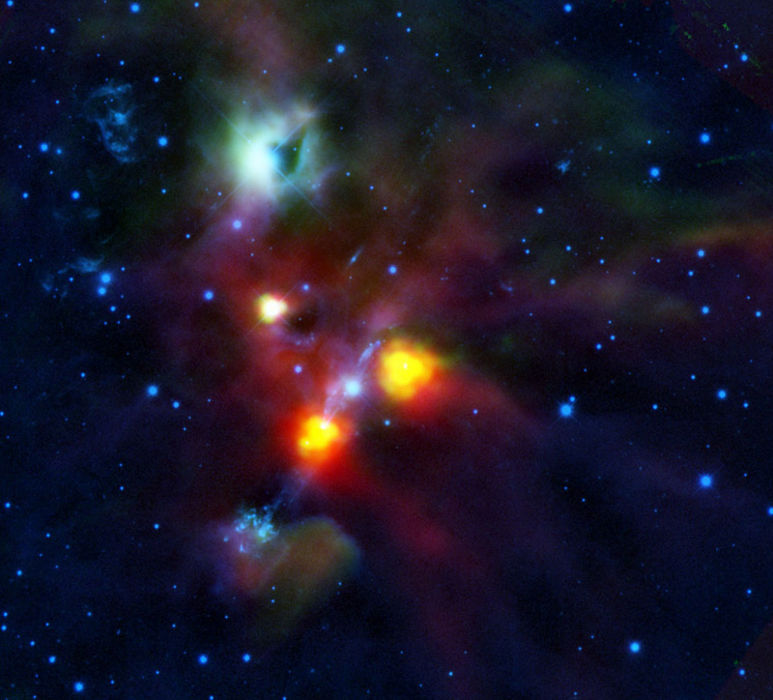
"No one has ever seen a hole like this. It's as surprising as knowing you have worms tunneling under your lawn, but finding one morning that they have created a huge, yawning pit," explains Tom Megeath, who was a member of the research team behind the investigation. He is based at the University of Toledo, in Ohio. According to scientists, it may be that analyzing this cosmic structure in more detail could provide additional clues as to what exactly happens to stars when they reach the end of their burning cycle.
Discovering the hole in the gas cloud is nothing new. Astronomers have observed it before, using optical telescopes. However, they inferred that the black regions of the otherwise-reflective gas clouds were in fact areas that prevented visible light from shining through. Much to their surprise, the holes retained their aspect when viewed in infrared wavelengths as well. Radiation in this portion of the electromagnetic spectrum can easily pierce through the thick clouds of hydrogen gas and cosmic dust that generally surround areas on intense stellar formation.
Related to this, experts know that stars are formed when such clouds collapse under their own weight. However, astronomers are still not entirely sure as to how the newly-formed blue stars use the amounts of gas they have around to disperse debris from their immediate vicinity, and therefore emerge from their cocoons. At this point, scientists say, there are only two possible explanations for Herschel's findings - either the telescope found an incredibly-dense cloud, which it cannot penetrate, or it stumbled upon a very mysterious phenomenon.



Reader Comments
to our Newsletter